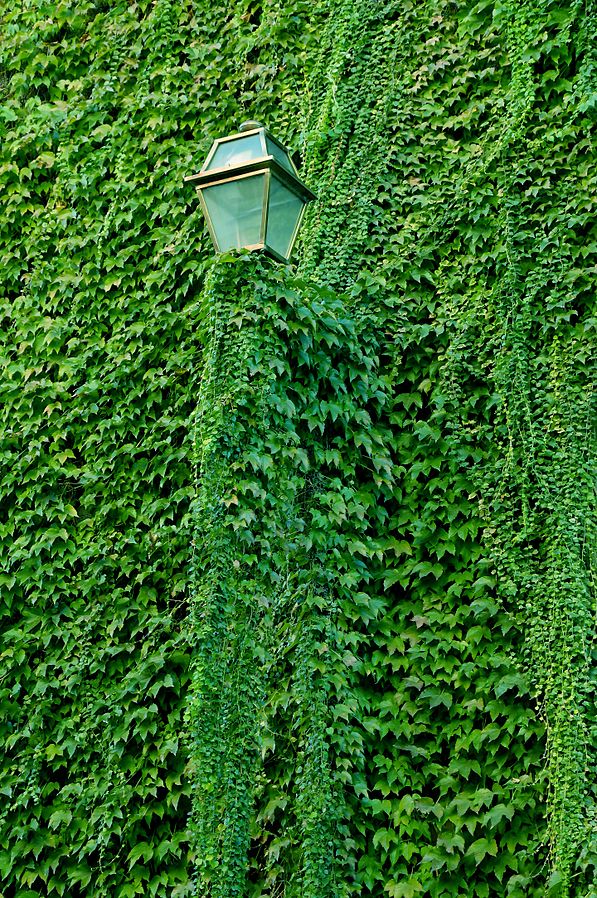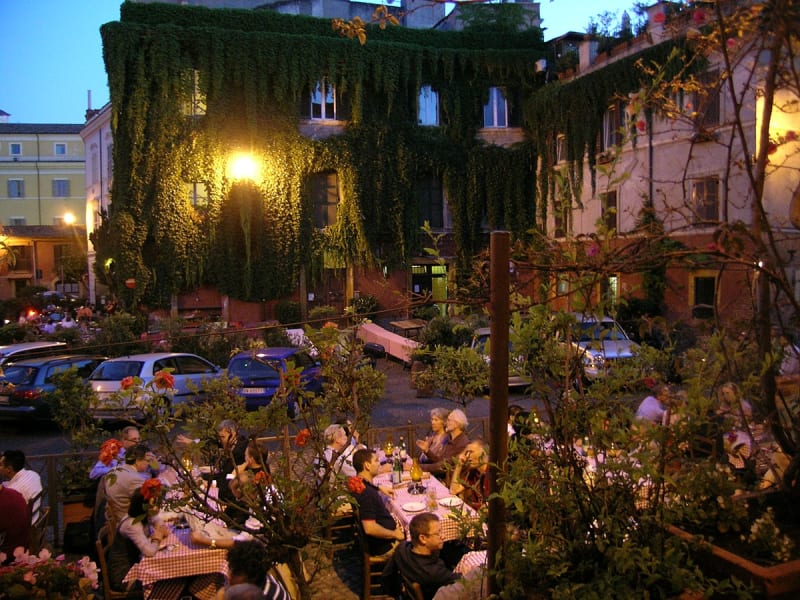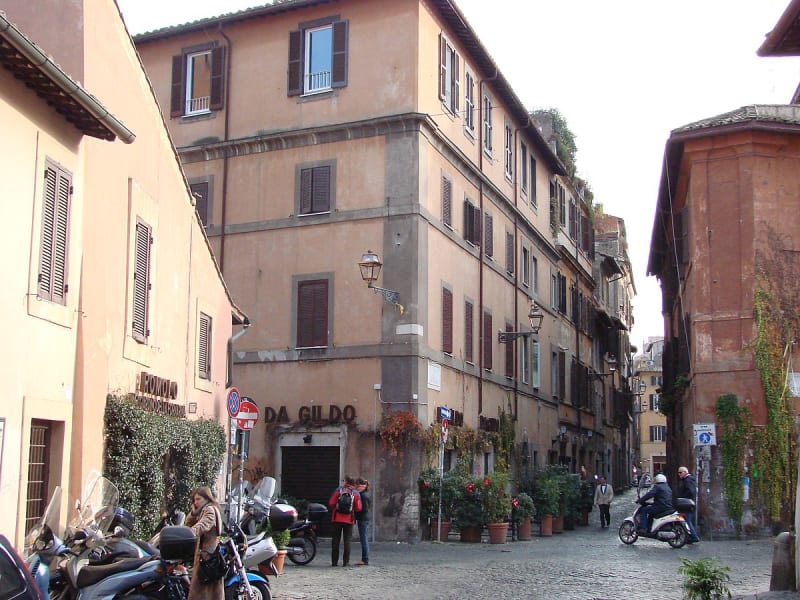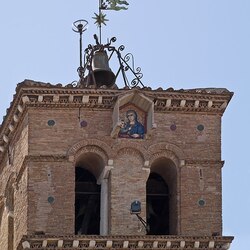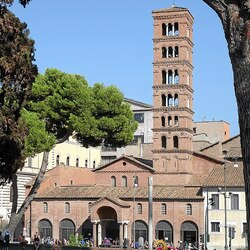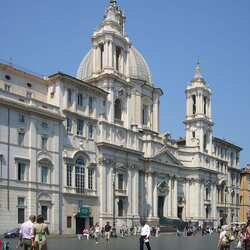Trastevere
The Trastevere district in Rome is a unique place filled with local flavor and preserving the spirit of bygone times. Narrow streets, old houses painted in all possible shades of ochre and wrapped in ivy greenery interspersed with a vineyard, inviting aromas of freshly prepared food emanating from numerous restaurants and cafes - this is all Trastevere.
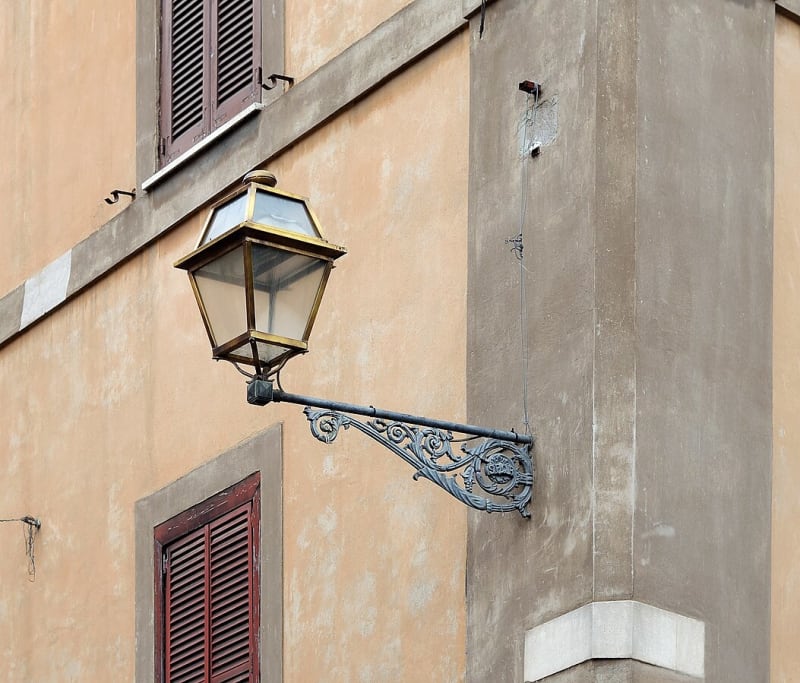
Historical background
Trastevere is located on the south side of the Vatican City, on the western shore of the Tiber River. The quarter was originally inhabited by Etruscans and was not part of the city. In the 7th century BC, Trastevere was connected to Rome by the first pile bridge. Later, the area was settled by Roman peasants and fishermen, as well as Jews and Syrians.
Trastevere became a part of Rome only in the 1st century BC under Octavian Augustus, but it was still located outside the city walls. The district entered the city in the III century A.D. thanks to the Emperor Aurelian. The territory, which immediately attracted the Roman nobility, begins to be rebuilt and populated by well-to-do townspeople. Along with residential buildings, temples and small squares with fountains appear, which have survived to the present day.
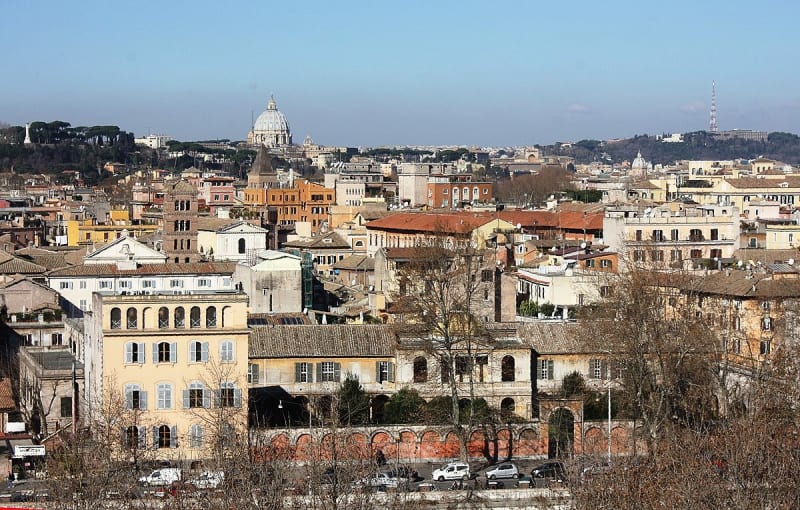
Interesting places in Trastevere
Christian churches occupy a special position among the sights of the picturesque area:
- The Basilica of Santa Maria in Trastevere is an ancient and very famous temple in Rome. Its magnificent interior is striking, decorated with antique gilded mosaics and colorful frescoes.
- The Church of Santa Cecilia in Trastevere preserves the relics of Saint Cecilia, the patroness of church music. Above them is a sculptural image of the saint, made of snow-white marble.
- Santa Maria della Scala is a titular and monastic church, built to preserve the miraculous icon of the Virgin. It still has an old pharmacy in operation.
The Janiculum hill with an observation deck at the top, the large-scale botanical garden of Rome, Tiberina Island, museums of medieval painting and sculpture, ancient palaces and villas are not the whole list of iconic places in the historic Trastevere district. It is also home to the largest Roman flea market, Porta Portese, and the local grocery market, San Cosimo, which has been operating since 1913.
Many pizzerias, trattorias, restaurants and bars offer delicious dishes of traditional Italian cuisine at prices lower than in the city center. The narrow labyrinths of the streets of the Trastevere district attract with their originality and unhurried rhythm, along which you can enjoy just walking, looking into souvenir shops, relaxing on the steps by the fountain, listening to street musicians. This is a place where every corner is saturated with history and a unique charm unique to it.


